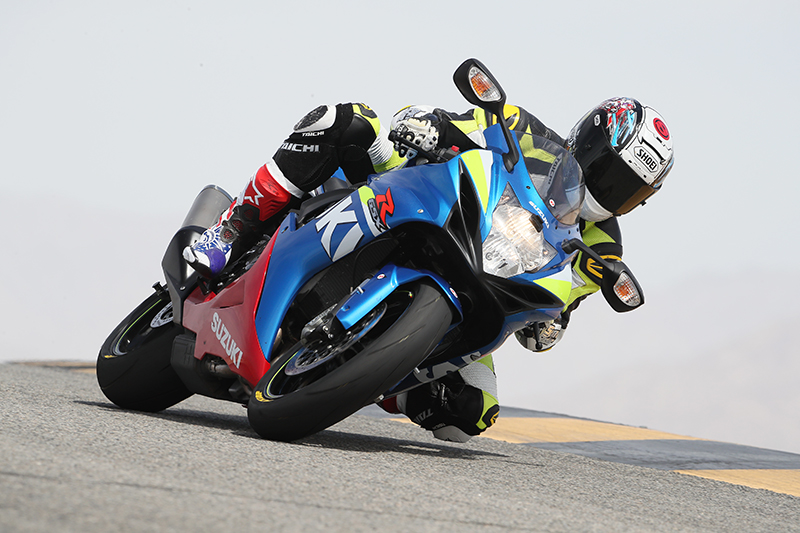
As the only motorcycle tire manufacturer that designs and develops product specifically for the American market (unlike other brands that market tires in the U.S. that were designed with global use in mind), Dunlop has a wealth of knowledge when it comes to making good tires. After debuting the Q3+ sport tire last year, which featured performance and longevity improvements over the previous Q3, the company has upped its game even further with the new Q4. But the latest Dunlop Sportmax tire is not a replacement for the superb Q3+; rather, the Q4 is intended to fill a spot in the Dunlop catalog as a track day/ultra-high-performance street tire. A high-performance sport tire that sits between the Q3+ and the GPA PRO DOT-legal race tire, yet doesn’t require tire warmers or inflation-pressure trickery like many full-on DOT race tires.
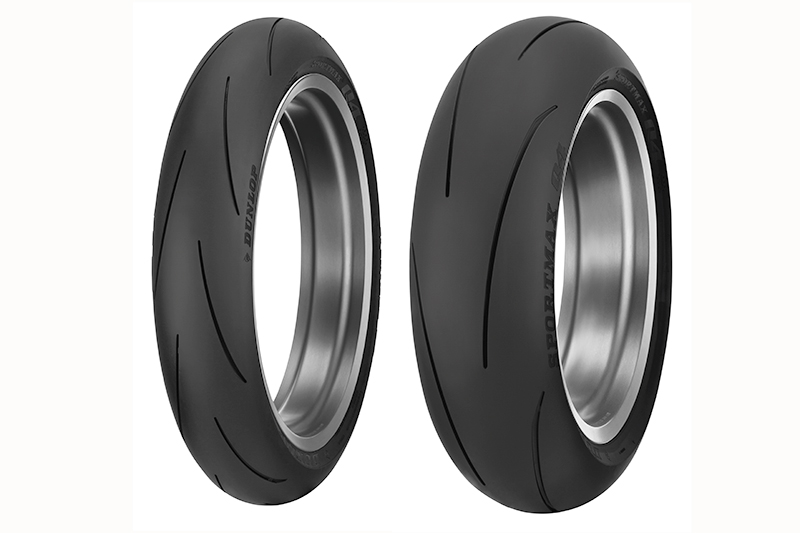
Utilizing the same sophisticated machinery in Dunlop’s Buffalo, New York, manufacturing plant that builds the racing slicks for the MotoAmerica series, the Q4 employs much of the same competition-bred technology. For example, the Q4 features the same JointLess Belt (JLB) construction consisting of a single narrow strip of tire compound wound continuously over the tire carcass. This allows extremely precise placement of the compound in specific areas of the tire in order to achieve the optimum stability and flex in the tread for the best performance. A side benefit of the JLB construction is lighter weight; Dunlop claims that a rear Q4 can be up to a pound lighter than a comparable Q3+, which is a significant reduction in rotating mass, and that means better acceleration. Also, like the racing slicks, the Q4’s compound uses no silica and much more carbon black in its ingredients to better withstand the extreme temperatures of racetrack use.
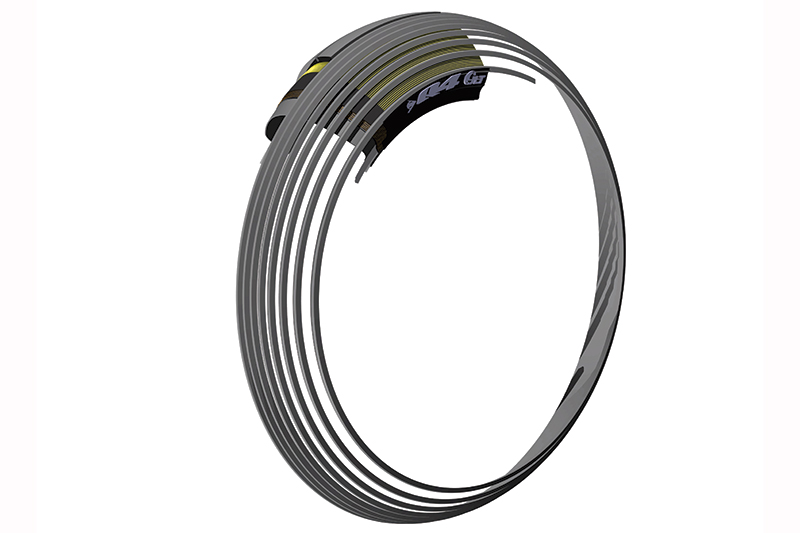
Like the Q3+, the Q4 also sports the same Carbon Fiber Technology (CFT) in the sidewalls for optimum stiffness without weight and temperature concerns, and the Intuitive Response Profile (IRP) design for quicker steering and larger contact patch when cornering.
All that technology counts for nothing if it doesn’t work, but after a day spent riding numerous sportbikes shod with the new Q4 at Chuckwalla Valley Raceway in California, it was readily apparent that the latest Sportmax is a marked improvement over the Q3+. Easily noticeable right away in the first few laps was very quick warm-up time (less than half a lap on a 95-degree day) and a more confidence-inspiring feel on turn-in and while cornering. While the Q3+ is by no means sub-par in this area (in truth, it’s a great tire in this aspect), the Q4 has an even more planted, solid fee. It’s such a positive, assuring feel that you could be forgiven if you thought you were riding on racing slicks.
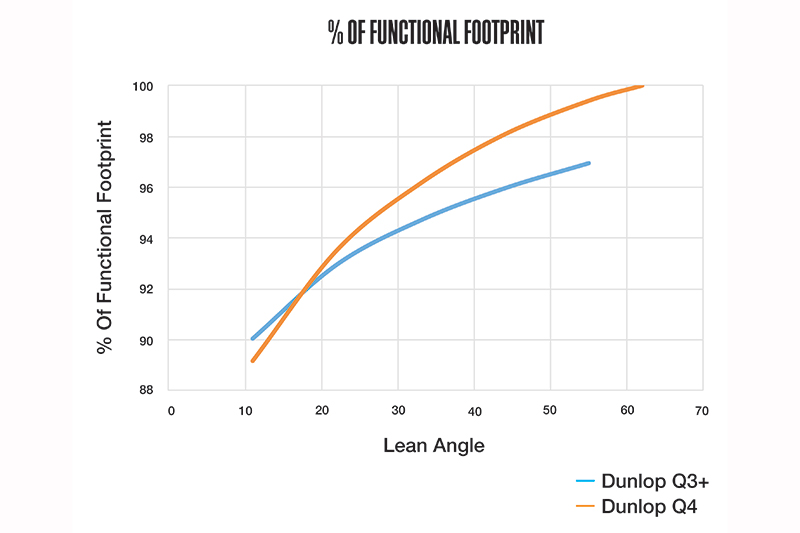
Communication, overall grip and bump absorption were all excellent, even more so when using the larger 180/60 and 200/55 taller tire profiles that are made for bikes specifying that particular fitment (the taller profiles allow for a bigger contact patch when leaned over). Drive grip off the turns was likewise superb, although I found some of the more aggressive liter bikes like the Kawasaki Ninja ZX-10R could get the Q4 to spin up easily, requiring a bit more care with the throttle. In keeping with its intended spot in the Sportmax lineup, the Q4’s drive grip is not quite on par with Dunlop’s all-out DOT racing Sportmax GPA PRO or its racing slicks—but it’s certainly more than sufficient for most everyone out there. (Case in point: Dunlop test rider Taylor Knapp turned lap times that firmly slotted him into the top 10 at a recent MotoAmerica test at Barber Motorsports Park on a Superstock-1000-spec Suzuki GSX-R1000R shod with Q4s against full-on superbikes with slicks.) Stability while braking hard and steering during trail-braking into turns were first-rate as well, and steering effort through switchbacks requires less effort than many other competitive brand tires.
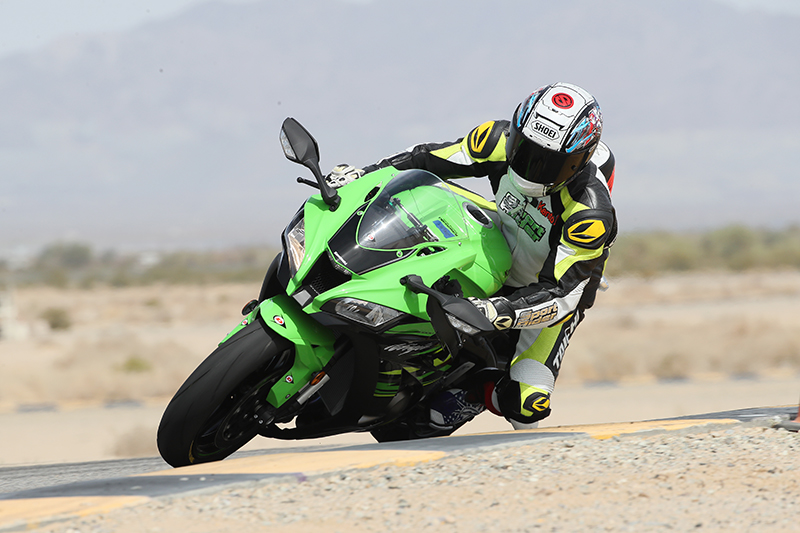
In short, the new Sportmax Q4 is basically the everyman’s track day tire. Unlike your buddies who have to fire up their generators and lay out all the electrical extension cords for their tire warmers, or are constantly visiting the race tire distributor for special inflation pressures to get optimum performance, you can basically just check your tire pressures cold at the beginning of the day, and then ride off to the pit lane while they’re scrambling to remove their warmers. And you can buy them over the counter at your local dealer. Available in 120/70R-17 front, and rear sizes in 180/55ZR-17, 180/60ZR-17, 190/50ZR-17, 190/55ZR-17 and 200/55-ZR-17. MSRPs are $201.27 for the front, with the rears ranging from $258.78 to $358.86, but a look through various retailers shows pricing actually running up to 70 percent (!) cheaper—your mileage may vary.
FOR MORE INFORMATION: See your dealer or visit dunlopmotorcycletires.com
About Kent Kunitsugu
A long-time moto industry veteran, Kent Kunitsugu had a successful road racing career (including holding the number 1 plate in the SoCal region in 1988) before starting his 24-year career in the publishing business, with 20 of them at the helm of “Sport Rider” magazine. Now a freelance writer, he brings a wealth of experience evaluating motorcycles and products, in addition to covering all aspects of the motorcycling world.







